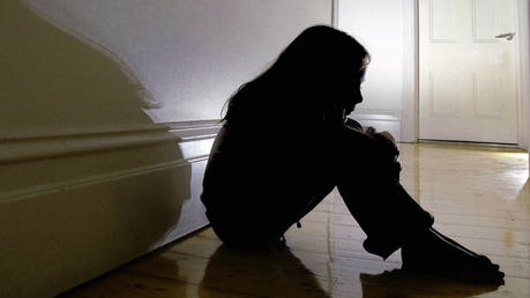More than 20 vulnerable children living in state care are reporting allegations of abuse each week – including more than five each week reporting sexual abuse – as Victoria’s child safety watchdog warns the state’s child protection system is in crisis.
New figures released by the state government show that between January and March this year there were 322 incidents of abuse reported by children being cared for by the state, including 76 allegations of sexual abuse.

Victoria’s child safety watchdog says the state’s child protection system is in “crisis” amid a sharp increase in abuse allegations. Credit: John Donegan
An analysis by The Age found that in the year to March there were more than 1270 allegations of abuse in the state’s child protection system reported to the Department of Families, Fairness and Housing – representing a 34 per cent increase in incidents over the past two years.
Victoria’s Commissioner for Aboriginal Children and Young People, Meena Singh, told The Age the system was in crisis and in need of urgent attention.
“It’s a desperately sad story that we are removing these kids because they are in unsafe environments, and they are often being placed in greater harm,” Singh said.
The jump in abuse cases comes as the new data also reveals the state’s child support system is struggling to keep up with the demand for workers. There were 2837 vulnerable children waiting to be allocated a caseworker between January and March 2023.
The area of the greatest need for child protection workers is in the state’s west, which includes the regional centres of Hamilton, Horsham, Portland and Warrnambool, where more than 900 vulnerable young people are waiting to be allocated a caseworker despite government incentive payments of up to $13,500 for child protection workers who relocate.
The data, obtained by the Victorian Opposition following questioning in the parliamentary public accounts and estimates committee, has exposed the full extent of the child protection worker shortage in Victoria, with 463 full-time equivalent child protection positions vacant across the state as of May.
According to the Commission for Children and Young People, the majority of children in the child protection system live in kinship care – with friends or family within their network – while other young people are placed with foster carers or in residential group settings.
Singh, who is also Victoria’s acting Principal Commissioner for Children and Young People, said the crisis was being caused by “cumulative pressures”, including under-resourcing in mental health and domestic violence services, and urged the government to respond much earlier when families experience difficulties.
“By the time children are being removed from an unsafe environment they are often being removed with greater cumulative harm, so they are entering the system with greater needs,” she said.
Singh said while children who were awaiting caseworkers were monitored, the staff shortages put team managers under enormous pressure to provide devoted attention to vulnerable young people. She said the workforce shortages meant the system was “compromised”.
“There are not enough services to respond to vulnerable children and young people, particularly in regional areas.”
Victorian Child Protection Minister Lizzie Blandthorn said the government was funding more Child Protection workers than ever before with $895 million in the latest state budget.
“The exploitation of children in out-of-home care by perpetrators in the community is unacceptable – all allegations are immediately referred to Victoria Police and the children involved are given every support,” she said in a statement.
“All children involved with Child Protection are assigned to a team and overseen by a team manager who has overall responsibility for reviewing, monitoring and managing cases within their team, including allocation decisions.”
The child safety watchdog advocates that no children under 12 are placed in residential care facilities due to the risks of abuse or trauma.
But the government’s own data shows that as of June 15 this year, there were 45 children aged under the age of 12 years in residential care, with the youngest – a child with a severe disability and chronic health and medical conditions – aged just five.
Shadow Minister for Child Protection, Matt Bach, said the crisis in Victoria’s child protection system required urgent and comprehensive action.
“Victoria’s most vulnerable children continue to be let down by the Andrews government, who have put vital reforms of this system in the ‘too hard’ basket,” Bach said.
“The rates of abuse and neglect of vulnerable children in the care of the state are simply shameful.”
According to the department, abuse incidents can include allegations of physical, sexual, emotional and financial abuse. In serious cases, including sexual abuse, the Centre Against Sexual Assault and Victoria Police can become involved.
The surge in abuse allegations comes as the Andrews government recently announced that it would deliver a formal apology and redress scheme to people who were placed in orphanages, children’s homes and missions and experienced physical, psychological and emotional abuse or neglect between 1928 and 1990.
Advocates argue the latest data paints a picture of an over-stretched and under-resourced child protection system which is at risk of creating another generation of children harmed by a system that is meant to protect them.
“The state is meant to act as a parent and be responsible for their care and safety,” Singh said.
Get the day’s breaking news, entertainment ideas and a long read to enjoy. Sign up to receive our Evening Edition newsletter here.